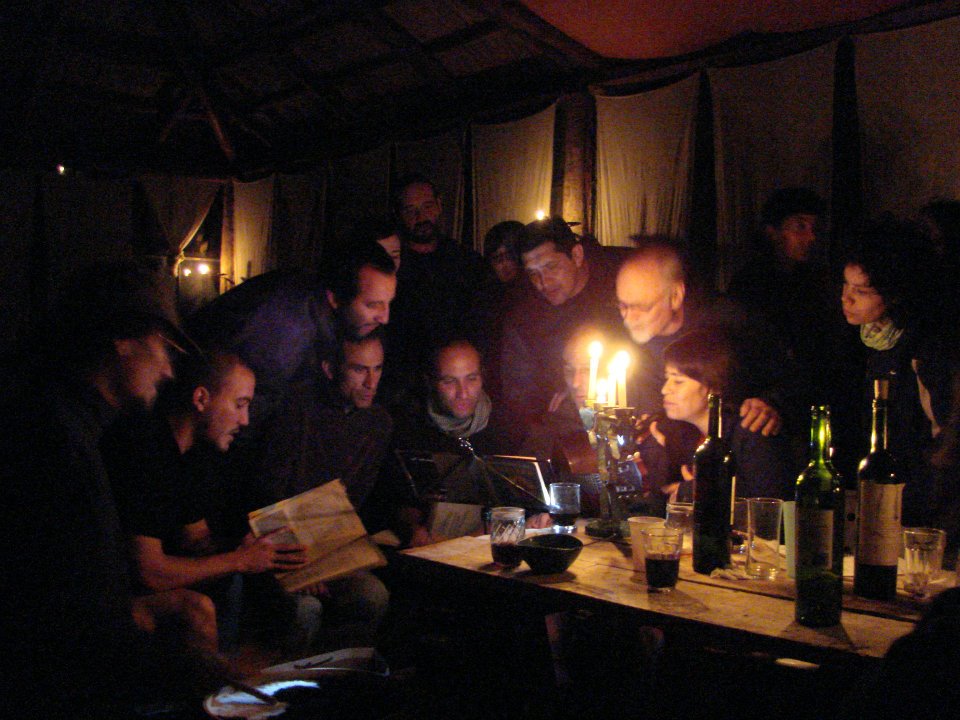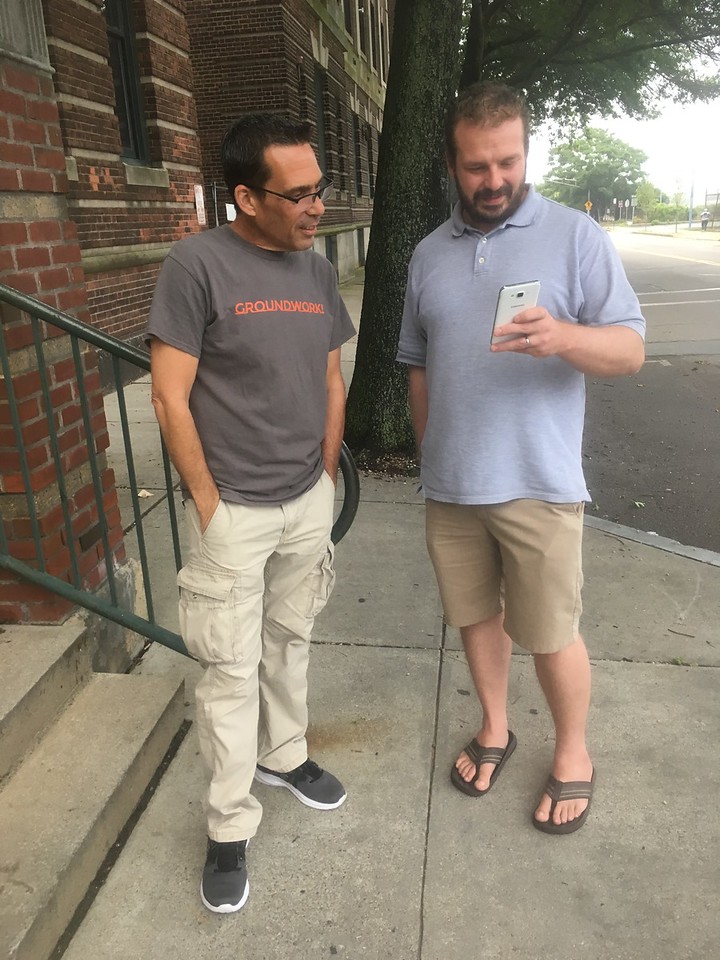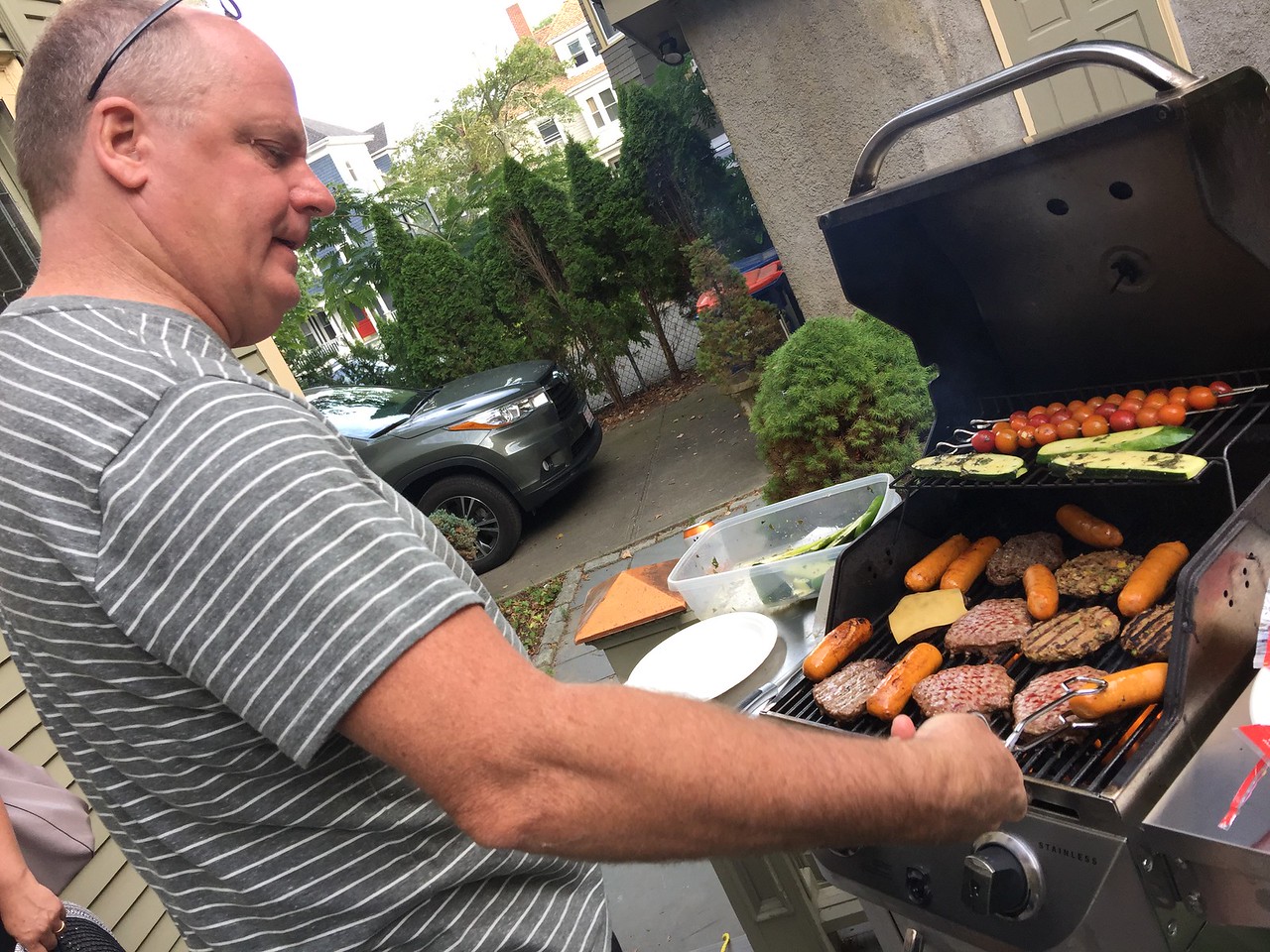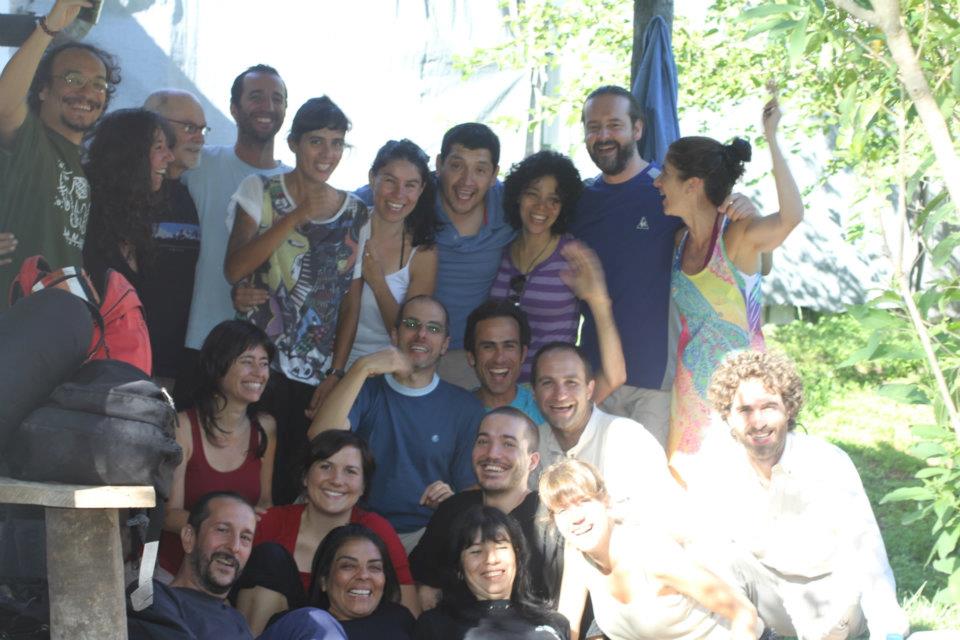What makes a community thrive?

A magical moment in Argentina, with a group of people who care about each other.
The day before I left Argentina is a day I’ll remember forever. It was the day I said goodbye to my Zen Sangha, a group of people with whom I had been meditating and practicing Zen for three years. I was showered with more love and affection on that day than I could take in. I knew how much they all meant to me, but I didn’t realize how much I meant to them until it was time to leave.
It wasn’t just love that I received on that day. It was exponential love– the true power of community.
What makes a community thrive? Like most of you, I’ve been involved in lots of communities. Some make you feel a sense of belonging and connection and purpose– all the good things. Others can be well-intentioned, full of good people, and just… blah.
What gives? How come some communities take off, while others seem to falter and fizzle away?
I’m gonna take a stab at some of the common characteristics I’ve observed in thriving communities. I’m by no means an expert, but these themes seem to bubble up consistently across experiences.
Shared values or purpose
Community building 101: all communities need a reason for being. What is the common thread that stitches an otherwise disparate group together? I remember one of my early community experiences, summer camp. I LOVED going to camp, precisely because it was a place where my confused little adolescent self belonged to something. And while I didn’t realize it, my camp counselors were pretty crafty about embedding camp values into everything we did.
It started with cabin inspection every morning, followed by the raising of the flag. At meals, we sang a song of gratitude before eating. After eating, in a tradition known as the “ort report,” we measured our leftovers and felt shame for being wasteful. We sang songs celebrating our values every night at the campfire, and at the end of camp we were rewarded beads for things like friendship and leadership.
Looking back, it’s pretty clear. We all lived by the same values at camp, and that’s why the cool kids talked to the dorky kids and the rich kids hung out with the poor kids. It didn’t really matter who the hell we were outside camp– inside camp, we were all in it together.

It’s the small moments that matter – GW members Steven and Kevin chat outside the office.
Micro-interactions
I notice that a community starts to gel when there are micro-interactions. These are small interactions that take place in-between larger community events or initiatives. At Groundwork, I knew we were on the right path when I noticed members collaborating with each other without a nudge from the leadership team. These little interactions signal that (1) people are comfortable taking ownership and (2) people care about each other.
Initially, I thought a community needed real life interaction for this to happen. But I was recently proven wrong– check out the “Now Fizzing” Facebook community. It is a virtual group of– you guessed it– people who love seltzer.
While I am not a member of the exclusive fizz group, my knowledge was gleaned from an article I recently read on Medium called The Secret Society of Seltzer… plus a couple of Groundwork members who love fizz.
This community is digital and completely legit. Fans call it supportive, friendly, honest, and fun. There are tons of micro-interactions all over the place, and people eventually do meet up IRL.
So it would seem that interactions are interactions, whether digital or out in the world. The important part is that they are meaningful and positive– born out of a sense of ownership and people caring about each other, and ultimately supporting that shared reason for being.
Strong leadership
And then there was the community that festered. In college I was one of ten students selected to participate in the art department honors program. As part of the program we had our own dedicated building with private studios, we attended graduate seminars, and we put on a highly anticipated exhibition at the end of the year.
The year began swimmingly for our cohort with a boisterous road trip to San Francisco. We galavanted among the galleries, took silly photos at SF MOMA, danced at trendy bars, and ate plenty of burritos. By year’s end, our group had disintegrated into feuds, dropouts, and rancor.
What happened?
For one, pressure was high and competition was intense. We felt like everyone was watching us. To make matters worse, we were led by a professor who played favorites and had a tendency to drop insults during critiques.
With questionable leadership, we slid down a slippery slope.
Leadership isn’t always from the top down. I can see now that a strong student among the cohort could have easily steered us onto the right course. Yet we were too focused on our own individual work to have a sense of shared values and purpose. Without that foundation, the group fell apart.

Mark Collins steps into the grill master role at the GW bbq.
Relevance
If we’re gonna commit to a community, it better fulfill a need. Members of the Now Fizzing group say that it fulfills their hunger for something positive on social media; that they become better people by virtue of participating.
Summer camp? It fulfilled my need for order in the chaotic universe of puberty.
Now, let’s go back to that first experience: my Zen Sangha. I found that group shortly after moving to Argentina, during one of the most difficult and trying times I’ve ever experienced. I was alone in a foreign country and way over my head at my job. That group saved me from despair, and it became my family.
Here at Groundwork! we are bound, in a practical sense , by our need for a place to work. On a higher level, we are united because we care about our work, each other, and our community.

These people became my family in a far-flung corner of the world.
Ultimately, there’s nothing better than belonging to a thriving community. Our communities are places to be seen, heard, and understood. They are places where we can contribute our unique talents and bring our best selves forward. And with any great community, the output is exponential– problems are solved, projects are completed, and the work happens effortlessly because it is powered by love.
- Meet Our General Manager: Nicole Cosme - February 26, 2024
- Can I use a coworking space for Google My Business? - April 26, 2023
- Marketing Lab: The Best Business Resource on the South Coast You Didn’t Know About - March 23, 2023
